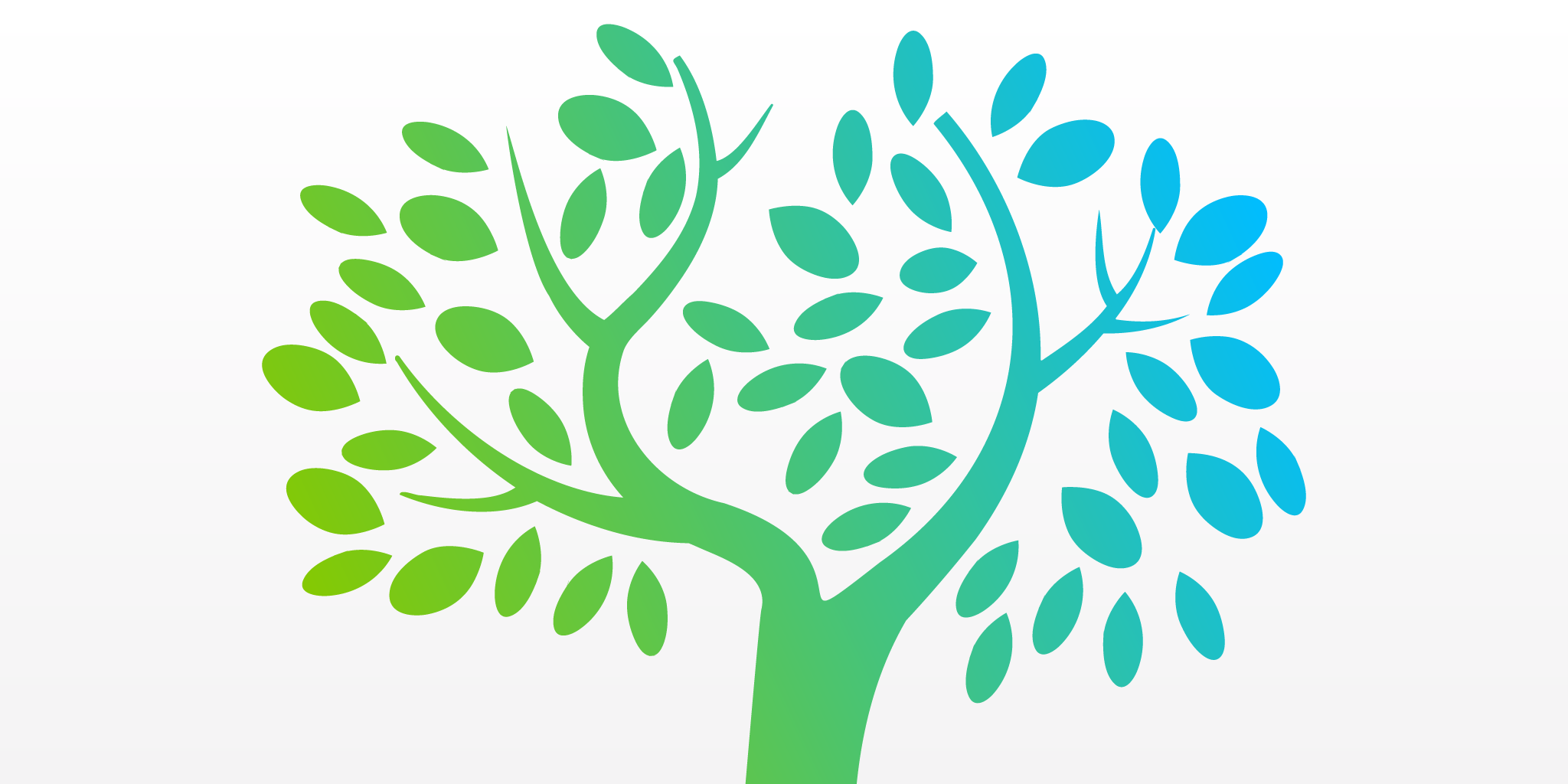Fostering equity and inclusion in talent development: A practical guide for HR professionals

In today's fast-paced world, organizations must prioritize equity and inclusion to build resilient, diverse teams ready to tackle global challenges.
HR professionals are vital to this effort, ensuring talent development programs are inclusive and offer equal opportunities for all employees.
This means developing policies and initiatives that create a workplace where everyone feels valued, respected, and empowered to share their unique skills and perspectives.
Why equity and inclusion matter
Equity and inclusion aren't just buzzwords; they are pillars of a strong and successful organization. Employees who feel valued, respected, and included are more engaged and motivated. This leads to better business outcomes, such as increased innovation, higher retention rates, and improved customer satisfaction.
Moreover, diversity in the workplace brings diverse perspectives, ideas, and experiences, which can lead to better decision-making processes.
It also helps organizations adapt to changing market trends and cater to a broader range of customers.
Core inequities in the talent ecosystem
Systemic biases and inequities often permeate the talent ecosystem, affecting hiring, promotion, and professional development opportunities.
These disparities can create a cycle of exclusion that limits the potential of diverse talent pools and stifles innovation.
Consider these eye-opening statistics:
- Black women are 9 times more likely to receive non-actionable feedback at work.
- 10.4% of Fortune 500 CEOs are women. Less than 1% of Fortune 500 CEOs are women of color.
- Biases in job descriptions and performance reviews can lead to skewed hiring and promotion decisions.
These numbers underscore the urgent need to address inequities at every stage of the talent lifecycle.
The impact of unconscious bias
Unconscious bias is a silent disruptor in talent development. It influences decision-making processes, often without our awareness, and can perpetuate inequities in coaching and feedback.
Unchecked biases can hinder diversity and inclusion efforts, leading to homogenous teams and missed growth opportunities.
Understanding unconscious bias
Unconscious bias refers to the automatic and unintentional judgments we make about people based on stereotypes and preconceived notions.
These biases can manifest in various ways, such as:
- Affinity Bias: Favoring individuals who share similar backgrounds or interests.
- Gender Bias: Stereotyping based on gender roles and expectations.
- Confirmation Bias: Seeking information that confirms existing beliefs.
- Halo/Horns Bias: When one good or bad trait overshadows other attributes, leading to an imbalanced assessment.
- Racial Bias: Primarily unconscious thoughts, preconceptions, or experiences that cause people to think and act in prejudiced ways.
Addressing unconscious bias
Organizations must implement strategies that promote awareness and accountability to combat unconscious bias. Here are some actionable steps:
- Objective Criteria: Establish clear and objective criteria for performance evaluations and promotions.
- Diverse Panels: Ensure diversity in hiring and promotion panels to mitigate biased decision-making.
- Technology: Utilize technology to reduce bias in hiring and performance feedback processes.
Best practices for fostering equity and inclusion
Here are some practical tips and strategies for organizations looking to foster equity and inclusion in their talent development programs:
- Accountability Measures: Establish accountability measures to track progress and hold leaders responsible for driving DEI initiatives. Regularly review and adjust strategies to ensure effectiveness.
- Inclusive Communication: Promote inclusive communication by encouraging open dialogue and active listening. Create safe spaces where employees can share their experiences and perspectives.
- Diverse Talent Pipelines: Develop talent pipelines by partnering with organizations and educational institutions prioritizing diversity. Ensure that recruitment efforts reach underrepresented groups.
- Mentorship and Sponsorship Programs: Implement mentorship and sponsorship programs to support the career growth of diverse employees. Provide guidance, resources, and opportunities for advancement.
- Equitable Performance Evaluations: Use tools like Textio Lift to ensure that performance evaluations are fair, unbiased, and constructive. Provide managers with the resources they need to deliver effective feedback.
The promise of inclusive tools
Leveraging technology to mitigate unconscious bias in feedback can be a game-changer for organizations.
Tools like Textio offer a promising solution by providing managers with real-time guidance and feedback, ensuring that feedback is fair, relevant, and actionable.
Real-world results: Case Study: Velera
When Laura Sehres, VP of DEI and Employee Experience at Velera, noticed the need for more diverse leadership, it was clear that more than recruiting alone wouldn't be needed to achieve DEI success.
The organization needed to examine the entire talent ecosystem, from hiring to progression and succession, and address any inequities hindering employees' advancement.
At the center of this effort? Performance feedback.
"When you have inequities at the core, you're perpetuating bias at scale. A tool like Textio helps correct these inequities," said Sehres.
The challenge
Laura's team found managers needed more support for tasks like writing performance reviews, giving feedback, and defining skills. Thousands of managers required different coaching support, which one-time training couldn't provide.
The solution
Enter Textio for managers. This tool helped managers deliver high-quality, equitable feedback.
With Textio AI, managers halved their writing time. Textio improved feedback quality by 67% and quantity by 12%. Managers appreciated hearing employees thank them for the support they needed to grow.
Fostering equity and inclusion in talent development is not just a moral imperative; it's a business necessity. Organizations can create a more diverse, equitable, and inclusive workplace by addressing unconscious biases, leveraging inclusive tools, and implementing best practices.
Discover how Textio can help you foster equity and inclusion in your organization. Sign up for a free trial today!